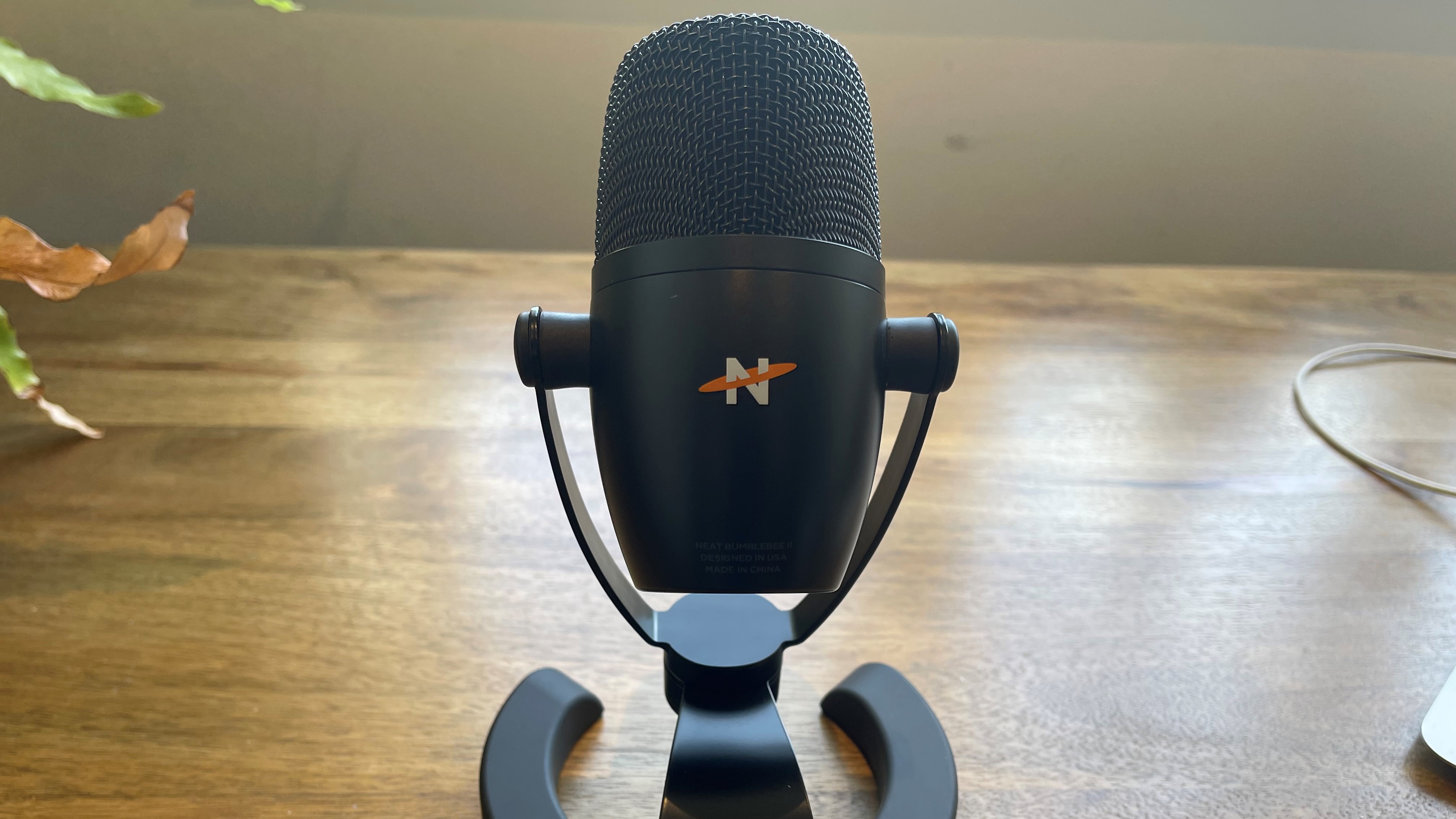GamesRadar+ Verdict
There’s some buzz about this budget USB mic, and the Bumblebee II is a largely solid performer. Some design missteps hold it back but the audio quality is excellent.
Pros
- +
The revamped look has a broader appeal
- +
Crisp mids and highs in sound reproduction
Cons
- -
USB connection is squeezed under the stand
- -
Hard to get optimal mic placement using the stand
Why you can trust GamesRadar+
The original Bumblebee USB mic from Neat really set its stall out with a unique and very distinctive visual design. One we quite liked, as it happens. But the thing about going bold with the visuals of any streaming component is that you’re likely to turn off as many people as you draw in. Streamers have specific aesthetics to stick to, and the first-gen Bumblebee wasn’t about to shrink into the background and fit in with just anything.
Now with parent company Turtle Beach steering the ship, the Bumblebee II is a much more conformist proposition for the best microphone for streaming market. Gone is the black and yellow colour scheme, the 1950s retrofuturism, the strange stand/mixer combo. In their place is a subtle, compact all-black USB condenser mic that keeps the price under £100/$100, and promises big things with a spec sheet full of impressive numbers.
Design & features
The second coming of Bumblebee throws out all but two physical controls, this version featuring a multifunction button below the cage which cycles between mic gain, monitoring volume, and mic/monitoring mix each denoted by a different colour on the outer ring when you select it. Below that is a mic mute switch, and that’s all the fiddling your fingers will be doing with this mic.
Although the overall look falls much more in line with the rest of the market and resembles Kingston and the smaller models in the Razer streaming lineup, there’s still some of that unusual Neat design evident on the stand. It’s heavy, wide, and keeps the mic capsule floating freely above it, with an optional boom arm connection available at the capsule base.
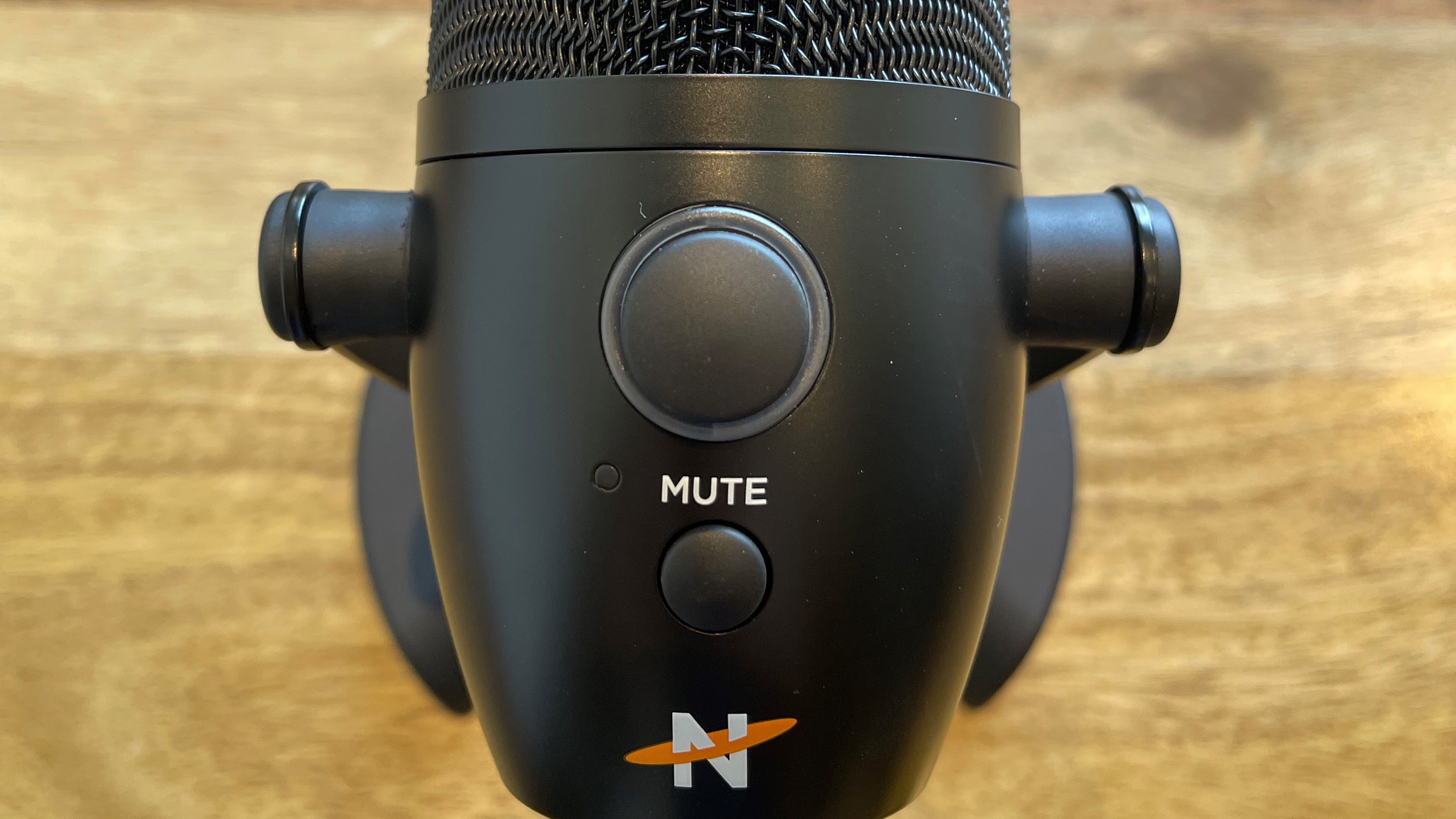
To compound the noisiness, the mic mute switch gives off a very audible click when you use it, which is sure to draw the ire of Discord buddies and Twitch viewers.
The former two issues can be remedied entirely by using a boom arm, and one gets the sense these days that many manufacturers simply assume that’s how we’ll use their mics. But they should only assume that if they supply one with their products. Otherwise, this isn’t a £100/ £100 mic, but rather one with a hidden cost attached.
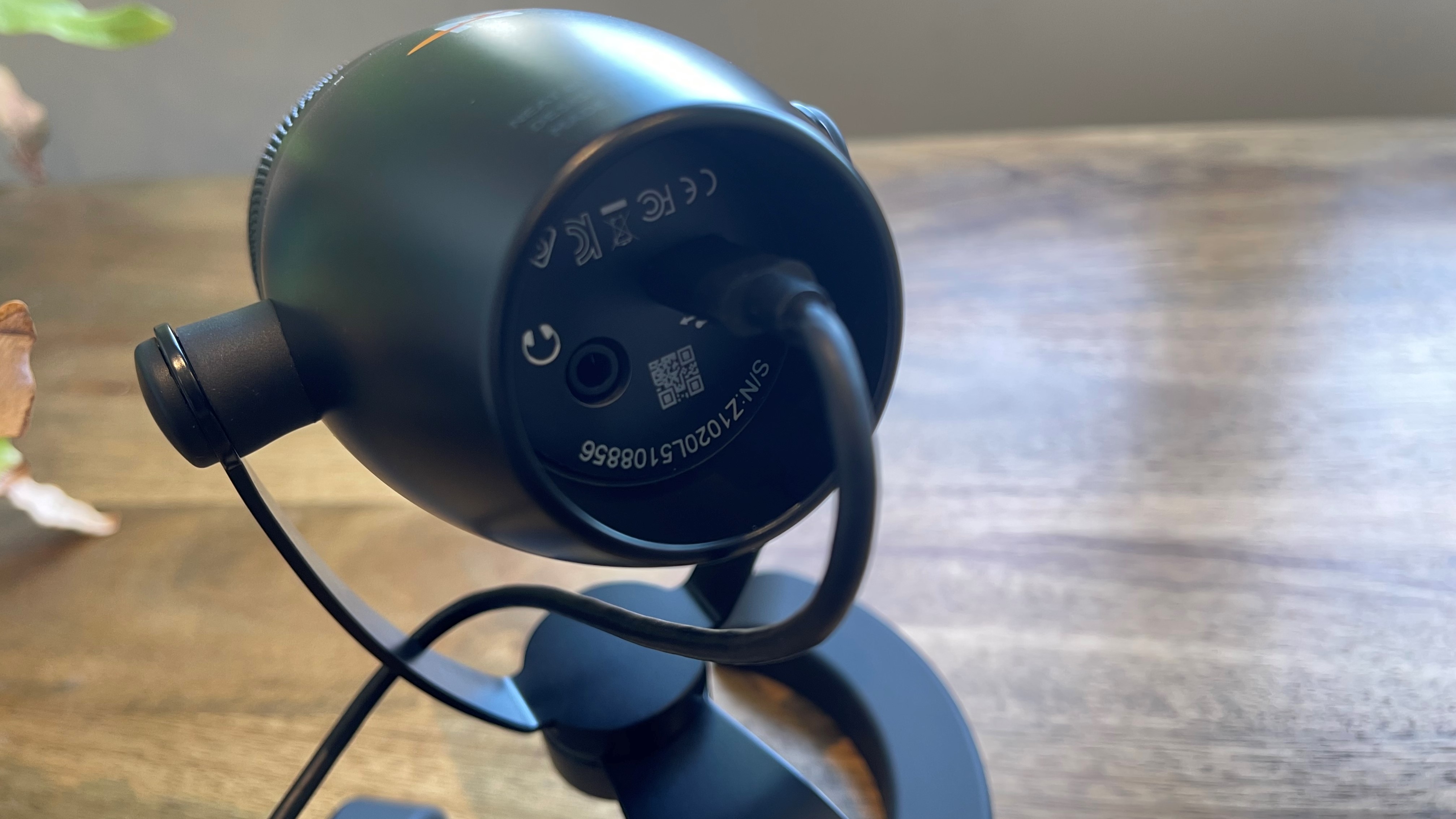
There are, unfortunately, some problems with all these elements. First is the dimensions of the stand itself, which sit the mic low on your desk and thus quite far away from the audio source. During our testing, we found the sweet spot for recording vocals was about 4-5 inches away from the mic, and it’s just not possible to get that close using the stand without contorting into an outlandish - and uncomfortable - posture. To cap it off, the USB-C connection is really pinched in there under the stand. We’ve lost several mics to broken USB ports, and the placement of this one is an accident waiting to happen.
That’s not the only reason a boom arm is all but mandatory with this mic. It’s really sensitive to desk taps and stand knocks, picking up huge amounts of handling noise. If you somehow manage to position it near your face and in an area you’ll never accidentally brush against, play on. Those of us yet to master levitation have pause for thought, however.
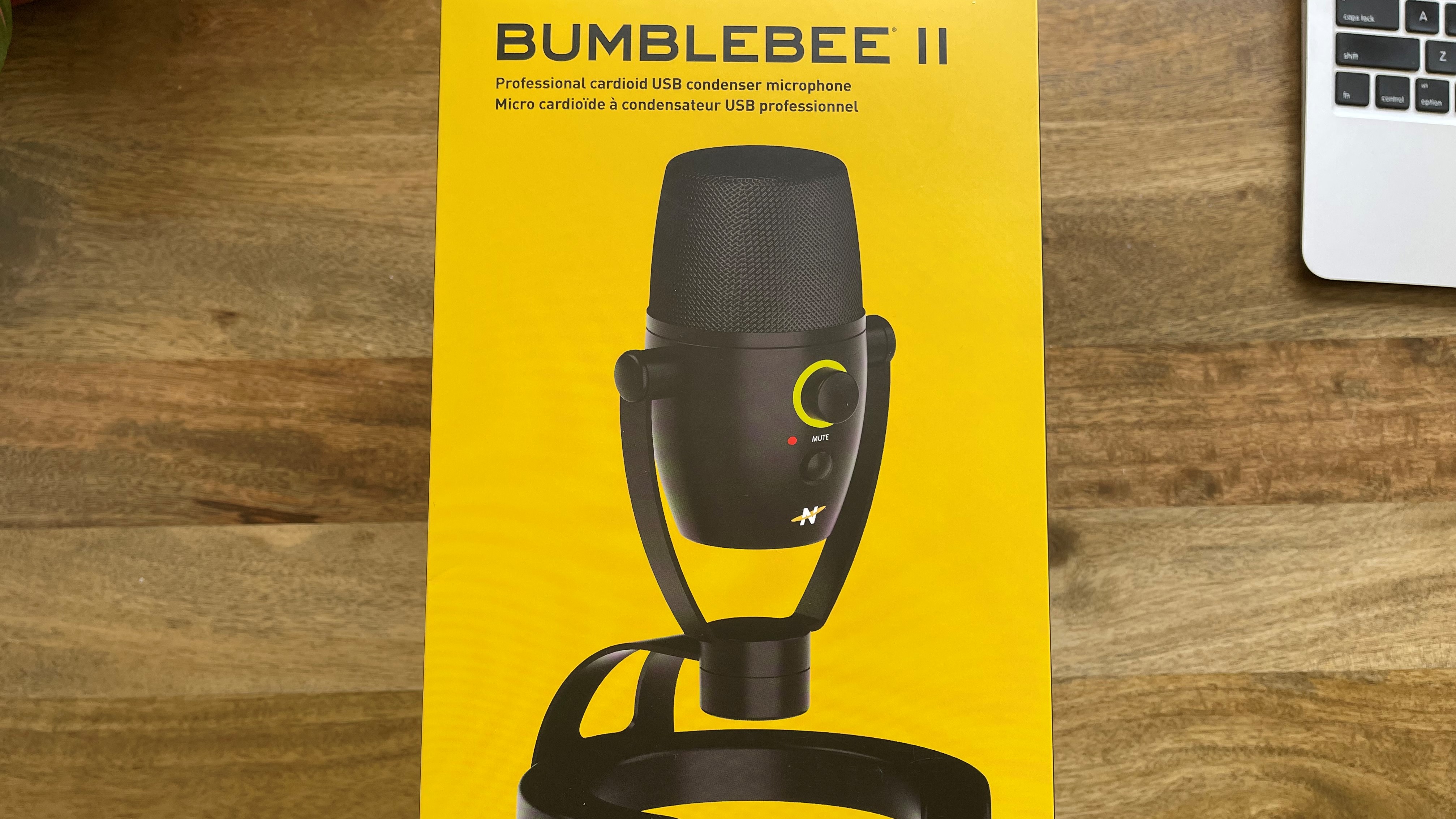
Performance
If you take some time with the Bumblebee II to position it just right, at the aforementioned 4-5 inch range, it actually sounds pretty competitive with HyperX and Razer’s smaller, budget-end models. It’s crisp, boosts the high mids, and cuts through a mix that might typically be full of grumbling gunfire or engine sounds.
Where you hear the concession to its price is in the way it captures the low end, however. There’s not much of it reproduced during vocal recordings, and that robs it of the richness of pricier mics like the Shure MV7. Still, for the price, it’s an impressive performer and care has obviously been taken in its engineering. It’s certainly a step up in fidelity from even the best gaming headset mics.
It’s worth pointing out that the mic capsule is front-facing, not for top-down operation like a typical Shure SM58-style handheld condenser. That’s de rigueur for USB streamer mics, but the shape of this mic invites you to speak into its top plane if you didn’t explicitly know better.
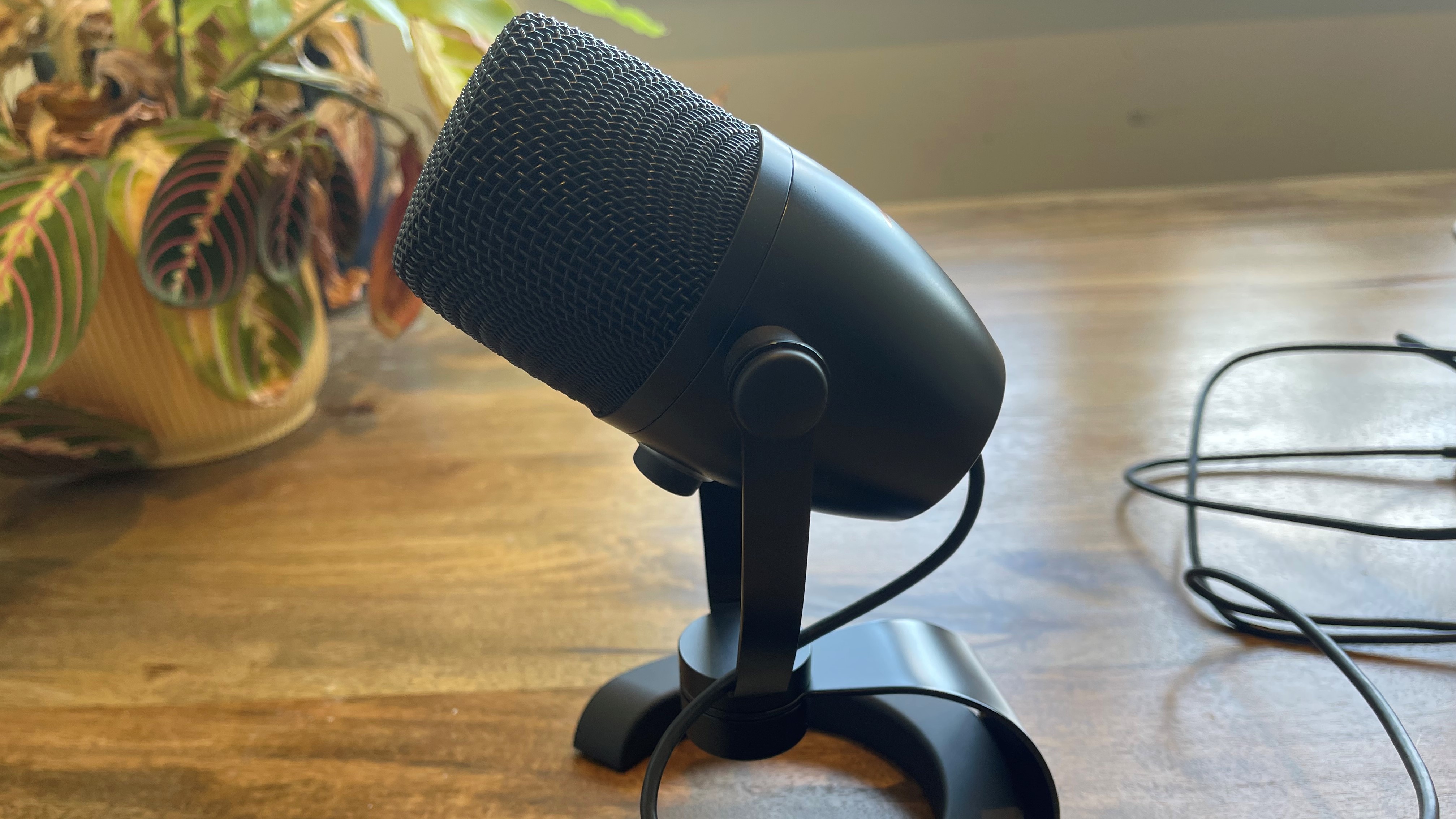
Should you buy the Neat Bumblebee II?
Despite some frustrating design missteps like the USB port placement and stand dimensions, Neat’s second Bumblebee retains both audio quality and value. A boom arm is all but required, though.
How we tested the Neat Bumblebee II
Just like every mic that comes through our doors, the Bumblebee II was hooked up to Ableton Live and set to record some voiceover. We compared those uncompressed, unprocessed WAV files against similar mics in the market. Most of the time though, we’re not listening to the sound of our own voice while we use a gaming mic, so we recruited some extra pairs of ears on Discord and asked our friends how we sound during a game of Vermintide II using the Bumblebee II. (All mics that feature bespoke software suites have our scrutiny extend as far as that, too.)
Research how to create a full streaming for gamers setup with our guide, and also don't forget about one of the best webcams and best capture cards too.
Phil Iwaniuk is a multi-faceted journalist, video producer, presenter, and reviewer. Specialising in PC hardware and gaming, he's written for publications including PCGamesN, PC Gamer, GamesRadar, The Guardian, Tom's Hardware, TechRadar, Eurogamer, Trusted Reviews, VG247, Yallo, IGN, and Rolling Stone, among others.
